- What do RTK and NRTK mean ?
- What do RTK and NRTK mean ?
- What do RTK and NRTK mean ?
- What do RTK and NRTK mean ?
- What do RTK and NRTK mean ?
- What do RTK and NRTK mean ?
- What do RTK and NRTK mean ?
- What do RTK and NRTK mean ?
- What do RTK and NRTK mean ?
- What do RTK and NRTK mean ?
What do RTK and NRTK mean ?

RTK / NRTK,
technologies that are essential for precision geolocation.
These terms are recurrent in precision geolocation and in the technology that TERIA has developed. What do they mean and what are the differences?
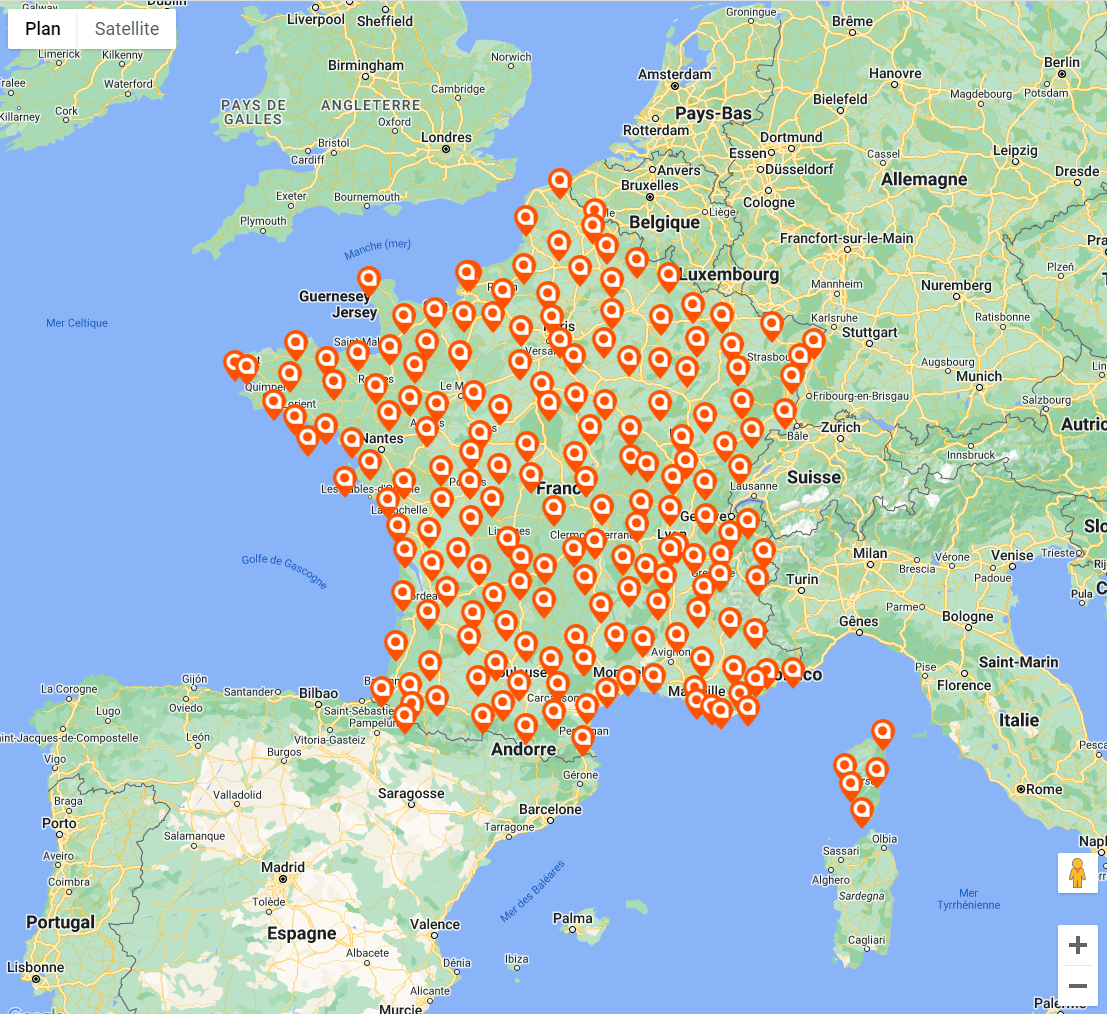
RTK – Real Time Kinematic
RTK is a technical process for transmitting real-time corrections from a pivot to GNSS mobiles.
This technology makes it possible to remove ambiguities and offer centimetre-precision positioning ( ambiguities: whole numbers of wavelengths in each satellite-receiver distance, unknown during phase measurement)
More concretely, it is not corrections that are transmitted, but the raw observations of the pivot.
The mobile’s function is to calculate the pivot-mobile vector. This calculation method requires perfect geo-referencing of the pivot. If this is not the case, all the points surveyed will be offset from the reference system.
NRTK – Network Real Time Kinematic
NRTK involves pooling data from several fixed stations to form a genuine network of stations. This data communicates in real time with a server centre. This sends users modelled corrections for the entire coverage area. In this way, users are no longer positioned according to their proximity to a station, but to a coverage zone.
This networked approach means that users are protected in the event of a breakdown or maintenance of the nearest station.
There are different types of correction in NRTK: FKP – MAC – VRS (see our article on formats)
Chronologically, it was GEO (Germany ) that initiated FKP, MAC by LEICA Geosystems and VRS by TRIMBLE.
NRTK corrections are generally transmitted in RTCM, which is the standard format for exchanging raw GNSS data.
When TERIA was launched in 2005, RTCM 2.3 was the exchange format used with the FKP data format (FKP01 assembly point). In 2008, RTCM 3.1 replaced RTCM 2.3 to incorporate GLONASS data, the MAC format and standard messages for calculating VRS residuals .
This has made it possible to provide two new types of correction (MAC30 and PRS30 editing points). Since 2018, RTCM 3.2, also known as RTCM MSM, has taken over to also carry GALILEO and BEIDOU data.
The TERIA network’s policy has always been to provide corrections tailored to customers’ GNSS equipment. This is achieved by providing the preferred corrections for each manufacturer, as long as they comply with the standards. For the same reasons, GALILEO and BEIDOU corrections are made available via RTCM 3.2. It should be noted that not all RTCM 3.1 messages have yet been adapted for GALILEO / BEIDOU in RTCM 3.2.
Technically, there is a major difference in philosophy between these three types of correction.
To understand why these modifications are necessary for certain uses,
here’s an article on the fundamental principles of GNSS geolocation.
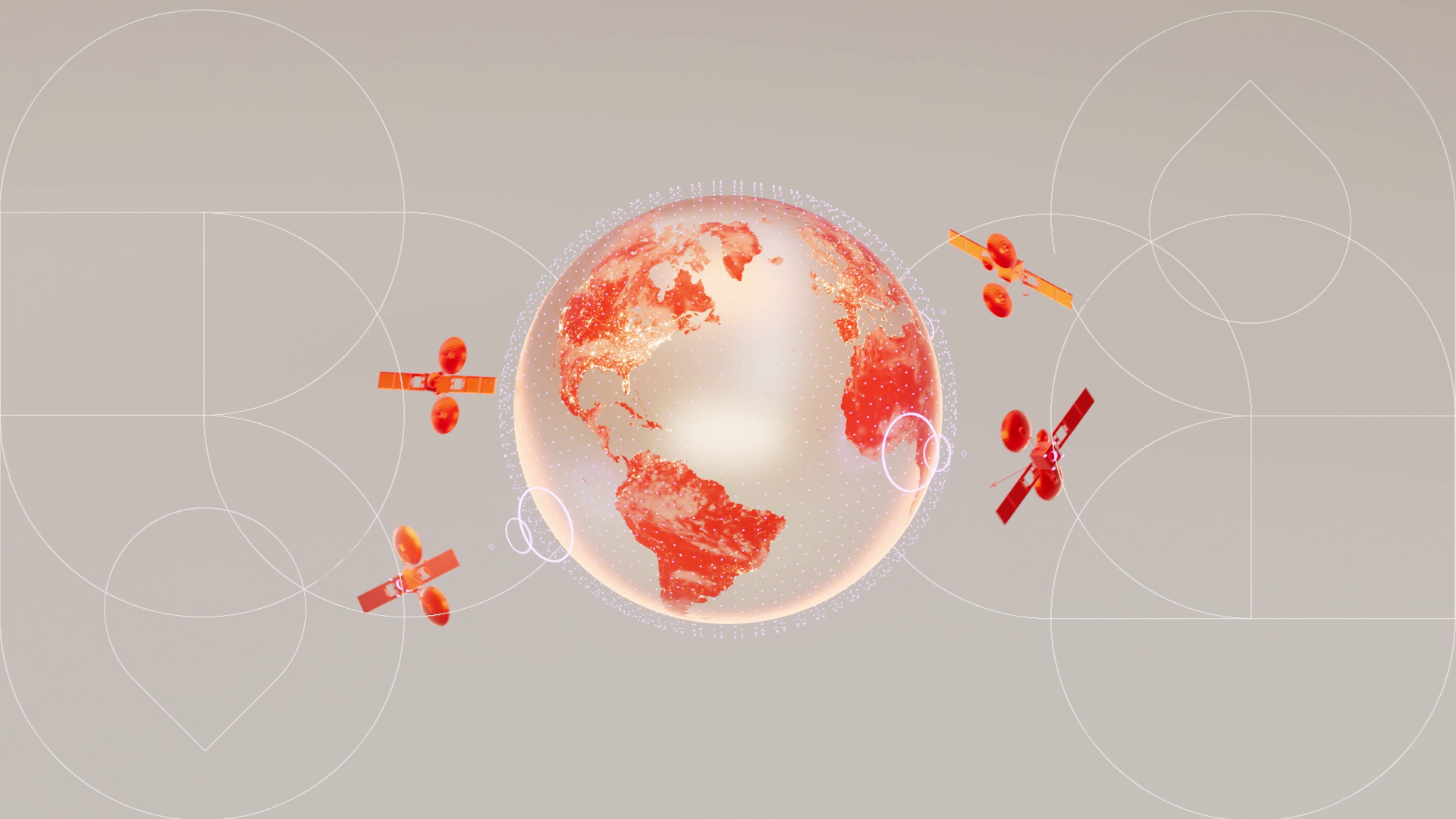
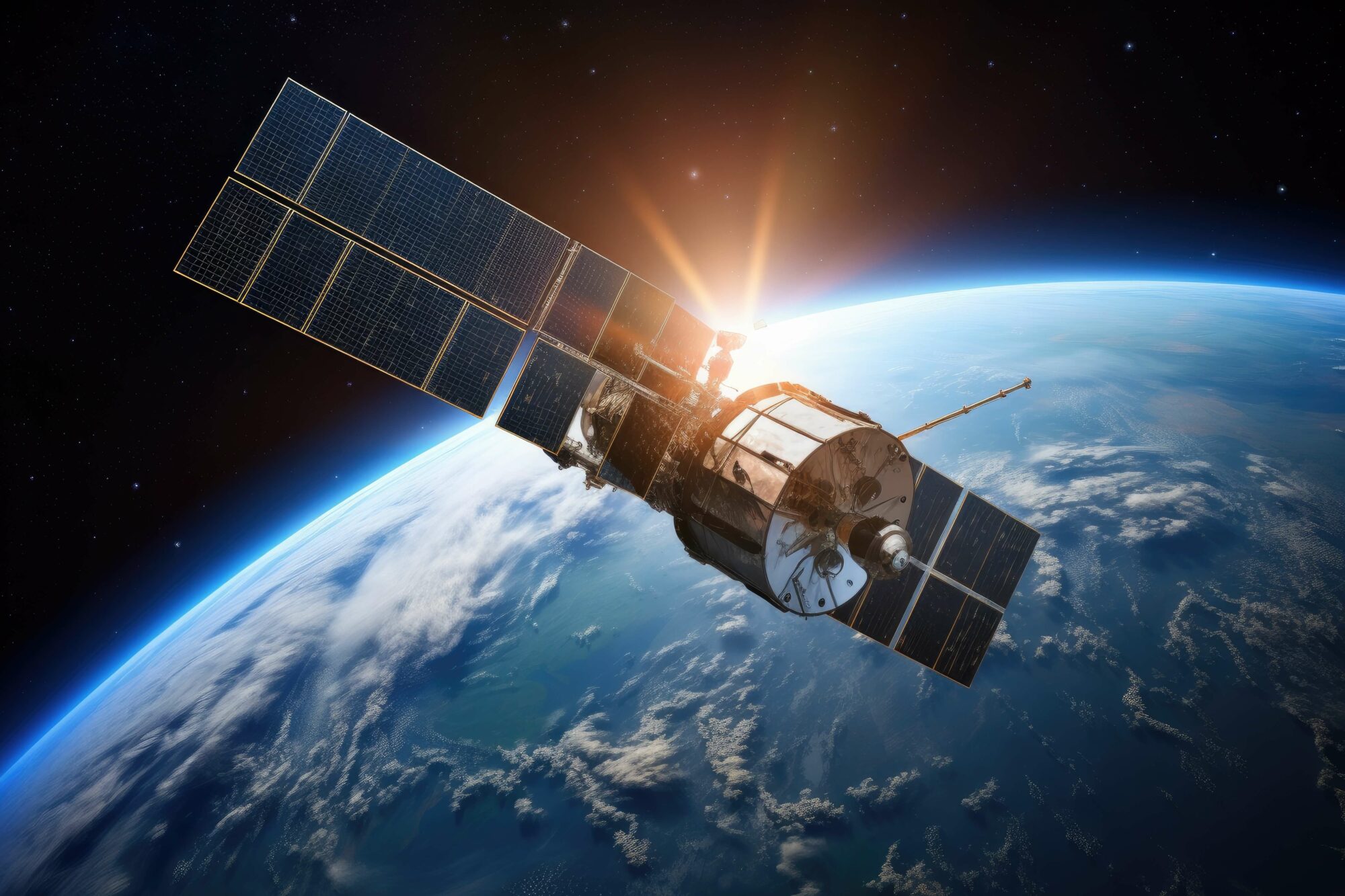

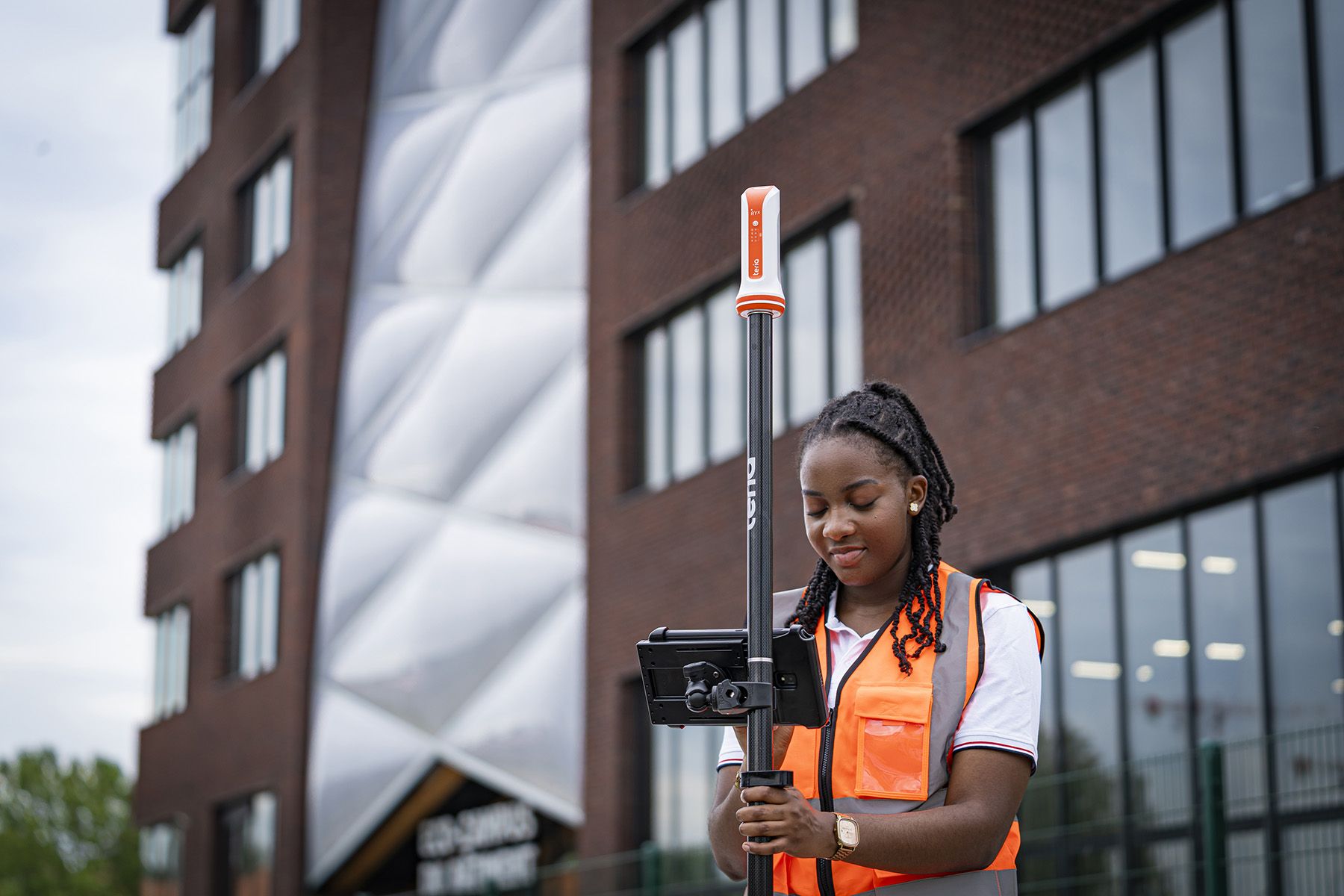

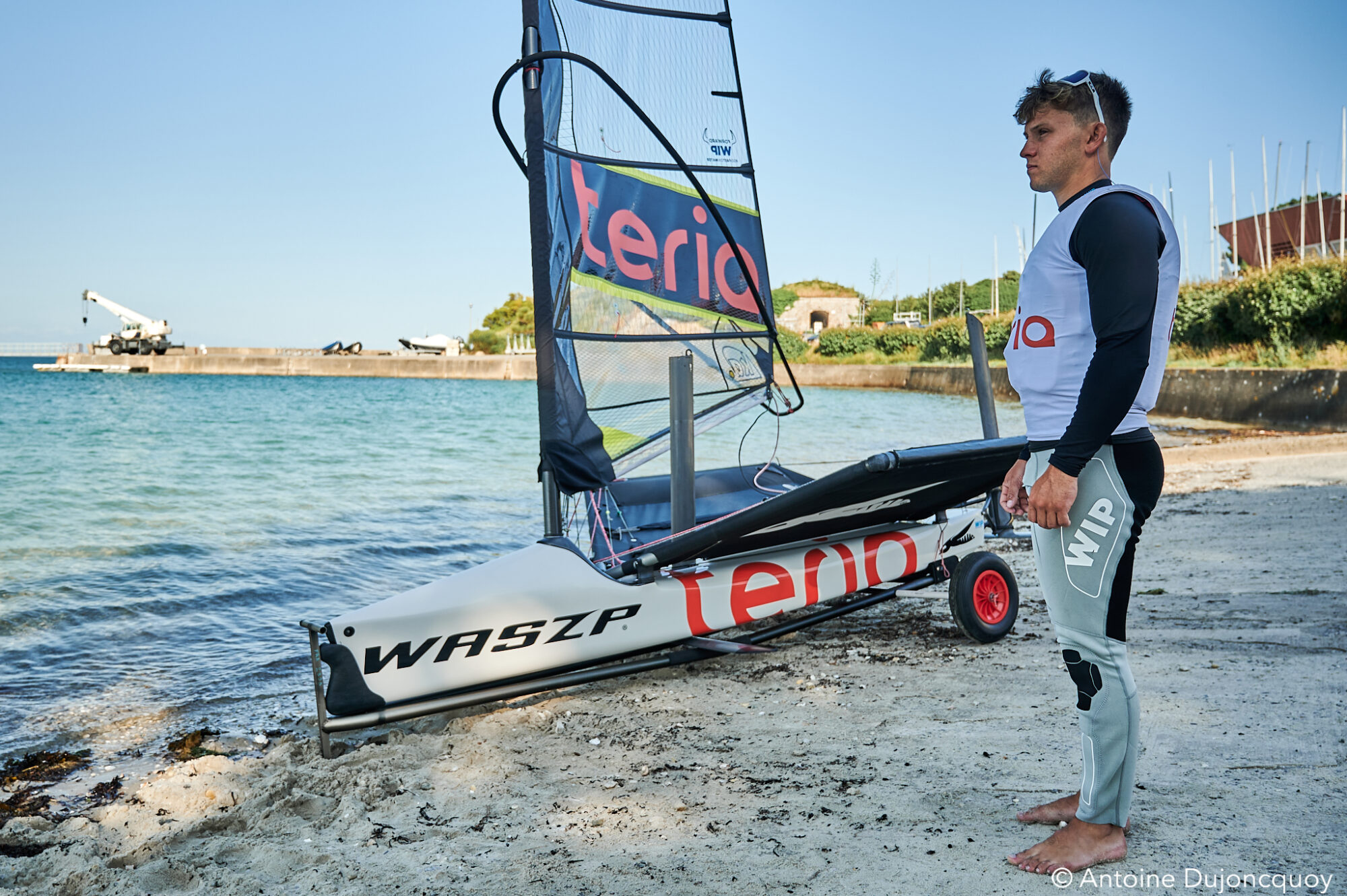
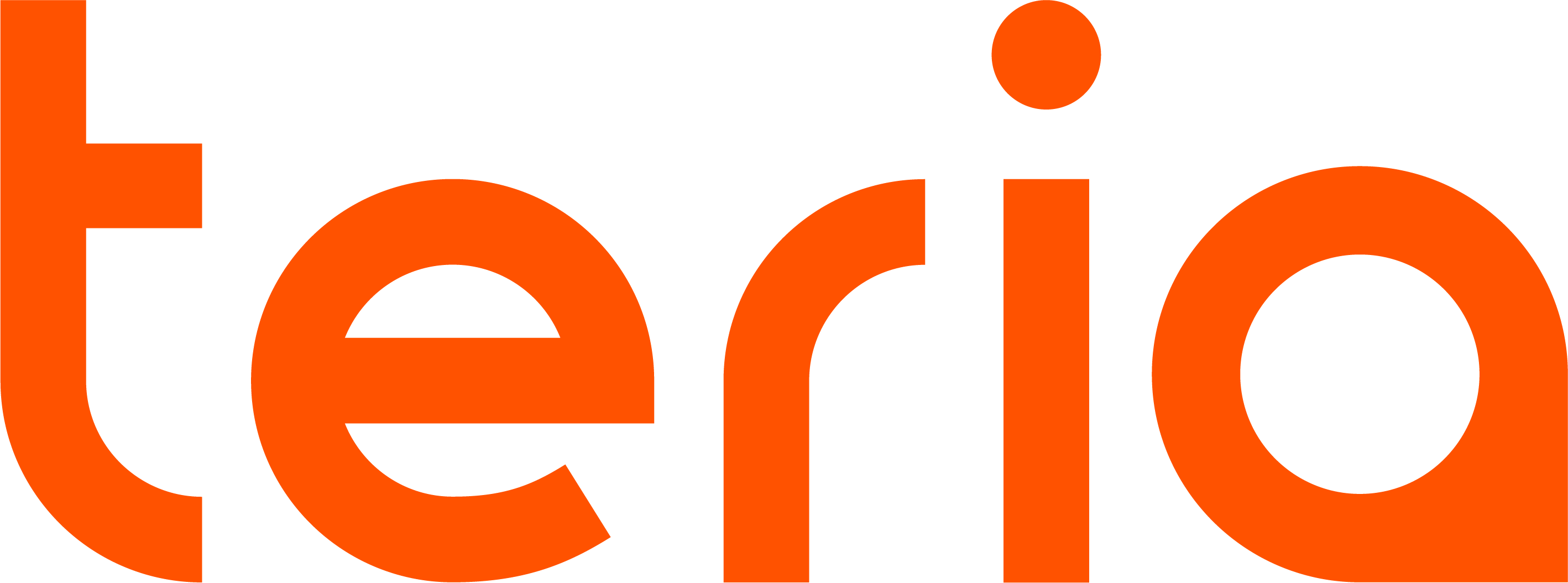
Did you enjoy this article?
Feel free to share it.